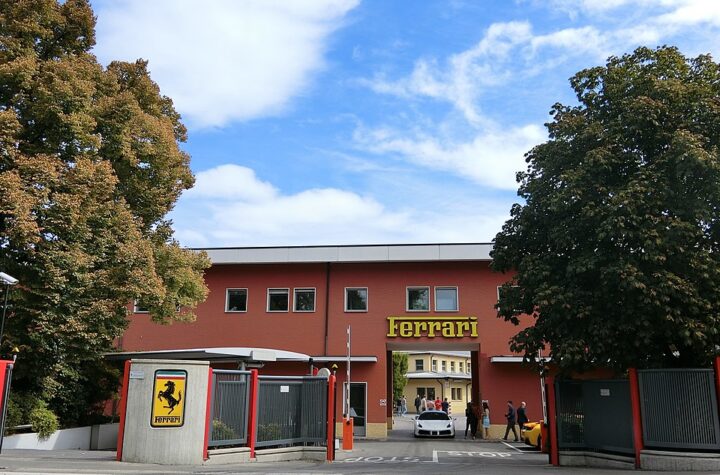
With the aid of a computer simulation program, Dr. John Sterman, a professor at the Massachusetts Institute of Technology (MIT) Sloan School of Management, will immediately show the long-term climate consequences of various proposals to be presented during the United Nations climate change talks in Copenhagen, Denmark being held December 7-18, 2009.
Sterman’s team, which includes modelers and researchers from Sustainability Institute and Ventana Systems, will use a mathematical model to answer the question: If current emissions reduction proposals in the UN global negotiations are implemented, how much will they reduce global warming?
Throughout the negotiations, Sterman and his team will enter the proposals into the C-ROADS (Climate Rapid Overview and Decision
Support) simulation model, which immediately shows their impacts on the global climate. Those impacts will be reported in a variety of forms, including graphics, data files, slide sets, and as a widget — the Climate Interactive Scoreboard — that can be embedded in media reports, blogs, websites, and in social media such as Facebook.
C-ROADS emerged from research at MIT, and is carefully calibrated to the results of the International Panel for Climate Change (IPCC) Fourth Assessment Report. Users enter proposals for greenhouse gas reductions from the US, the European Union, China, India, and other configurations of nations and regions. The simulation immediately calculates the proposals’ impacts on greenhouse gas concentrations, temperature change, per-capita emissions, cumulative emissions, sea level rise, and other indicators of global climate change. Model output, “The State of the Global Deal,” can be followed in real time online.
C-ROADS has been used in strategic planning sessions for decision-makers in government, business, and civil society, and in interactive role-playing policy exercises.
Sterman says his team is looking forward to providing real-time analysis of the consequences of the proposals for emissions reductions, a capability that was missing at the climate conference that culminated in the Kyoto protocol more than a decade ago.
“What negotiators have asked for is the ability to understand the implications of different proposals for emissions reductions in real time, and to update these assessments rapidly as new proposals are put on the table,” says Sterman. “The C-ROADS model allows political leaders, nongovernmental organizations, negotiators, the media, and citizens worldwide to objectively track how close the proposals are to actually achieving the targets most scientists believe are necessary to limit the risk of catastrophic climate change.”
For more information, please access:
— The Climate Interactive Scoreboard showing the state of the global
deal at www.climatescoreboard.org.
— The C-ROADS project at http://climateinteractive.org/.
— The December 2009 National Geographic’s “Big Idea” feature, (p. 26-29
of the print edition; online at
http://ngm.nationalgeographic.com/big-idea/05/carbon-bath) for a
graphic representation of Sterman’s research, showing the accumulation
of greenhouse gases in the atmosphere as a bathtub filled by emissions
and drained by various carbon sinks.
For over fifty years, the MIT Sloan School of Management, based in Cambridge, Massachusetts, has been one of the world’s leading academic sources of innovation in management theory and practice. With students from more than 60 countries, it develops effective, innovative, and principled leaders who advance the global economy.














More Stories
Automotive Industries (AI) Newsletter October 2024
How Modern Equipment is Reshaping Automotive Production Standards
Automechanika Shanghai 2024